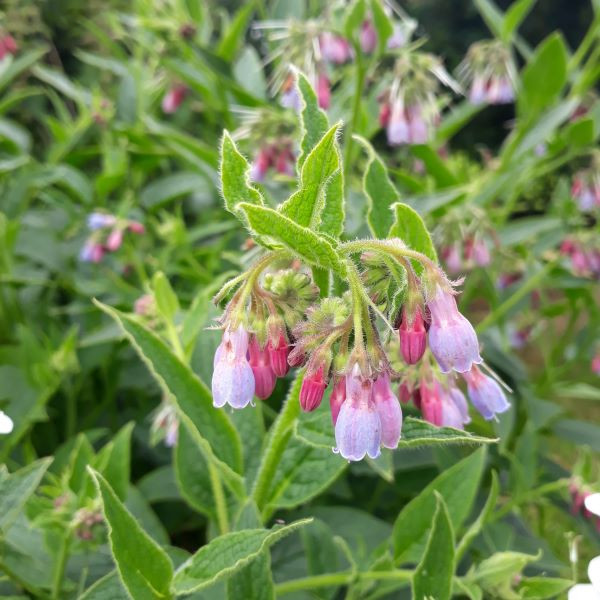
Though no longer commonly consumed as food since we’re now aware of the potential health risks, comfrey still has so much to offer. Hills, British horticulturist, founded the Henry Doubleday Research Organization in Essex, UK, to continue researching comfrey, and he developed a sterile strain known as ‘Bocking 14’ or Quaker comfrey, an homage to Doubleday’s religion. However, recent studies have found it to be carcinogenic when taken internally in large quantities, potentially causing significant liver damage. x upandicum hybrid was heavily promoted by researcher Henry Doubleday as a food and forage crop. Native to Europe and Asia, wild comfrey was likely brought to the US by English immigrants for medicinal use. The word “comfrey” comes from the Latin verb confervere, and the botanical name Symphytum is derived from the Greek symphyo, with both meaning “grow together.”Ī powerful healer, it is still used by herbalists today to treat wounds, bone injuries, and other ailments. It was used by the Greeks and Romans to heal broken bones and wounds. Cultivation and HistoryĬomfrey has been cultivated for medicine since around 400 BC.

You will often find it growing wild in disturbed areas.Ĭomfrey has a long history of medicinal use, and it offers a number of benefits for the garden.

The ovate leaves grow rapidly and, if repeatedly cut down, comfrey can continue to flower all through the summer. This medicinal herb is easy to identify, with its clumps of large, upright, 12- to 18-inch hairy green leaves, and characteristic drooping clusters of bell-shaped purple flowers. officinale since it does not proliferate by seed. This popular variety is easier to manage than S.


 0 kommentar(er)
0 kommentar(er)
